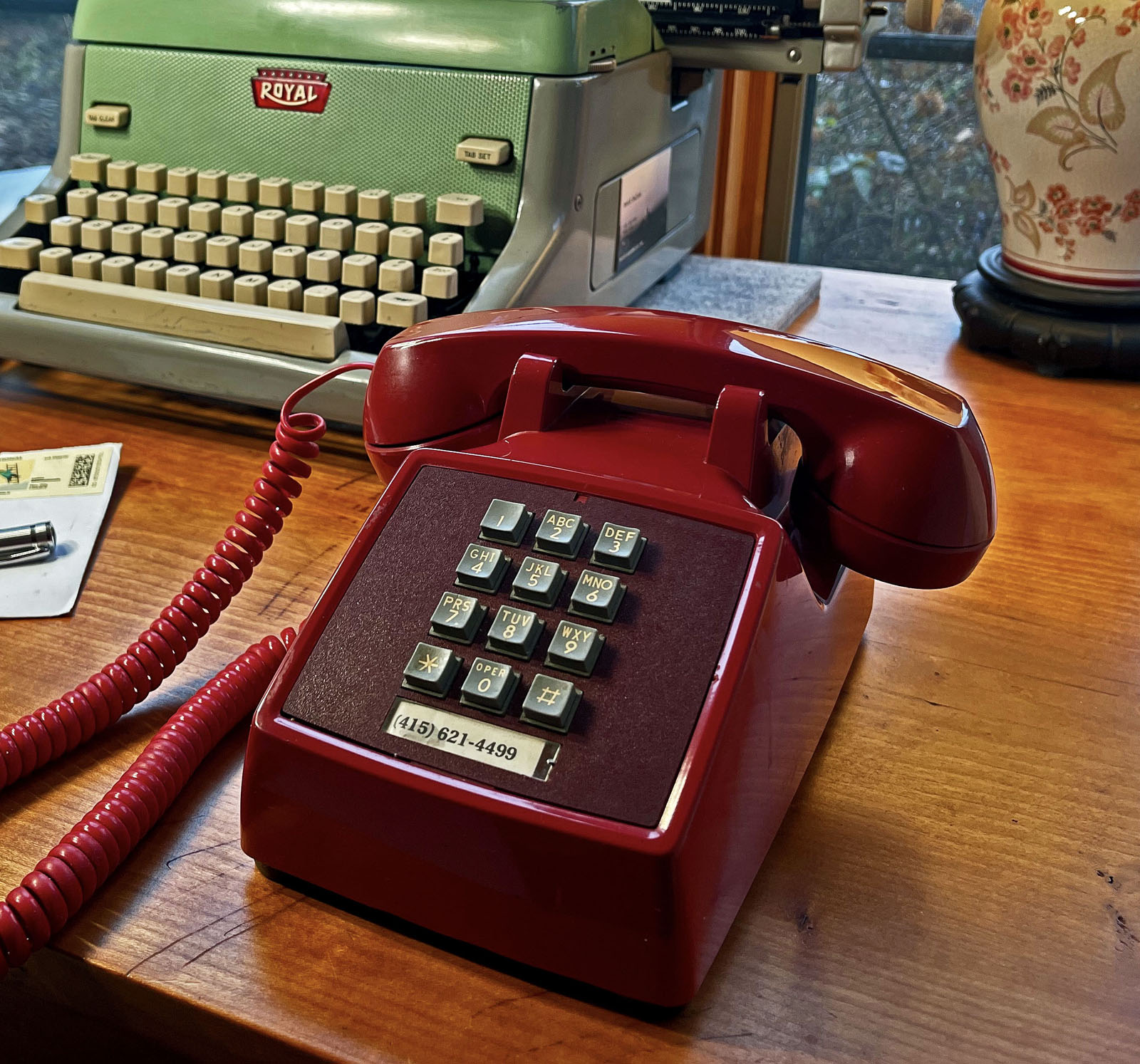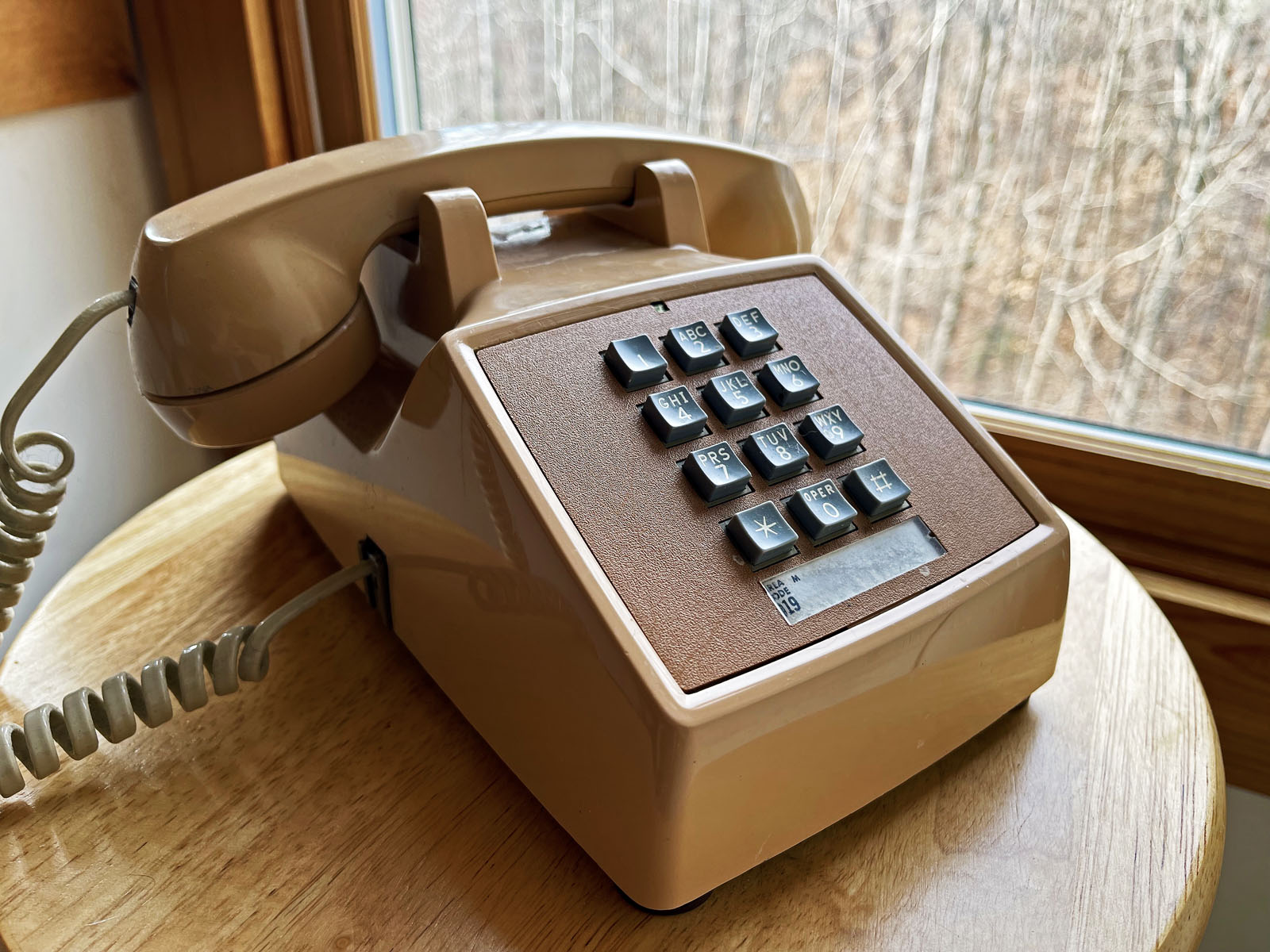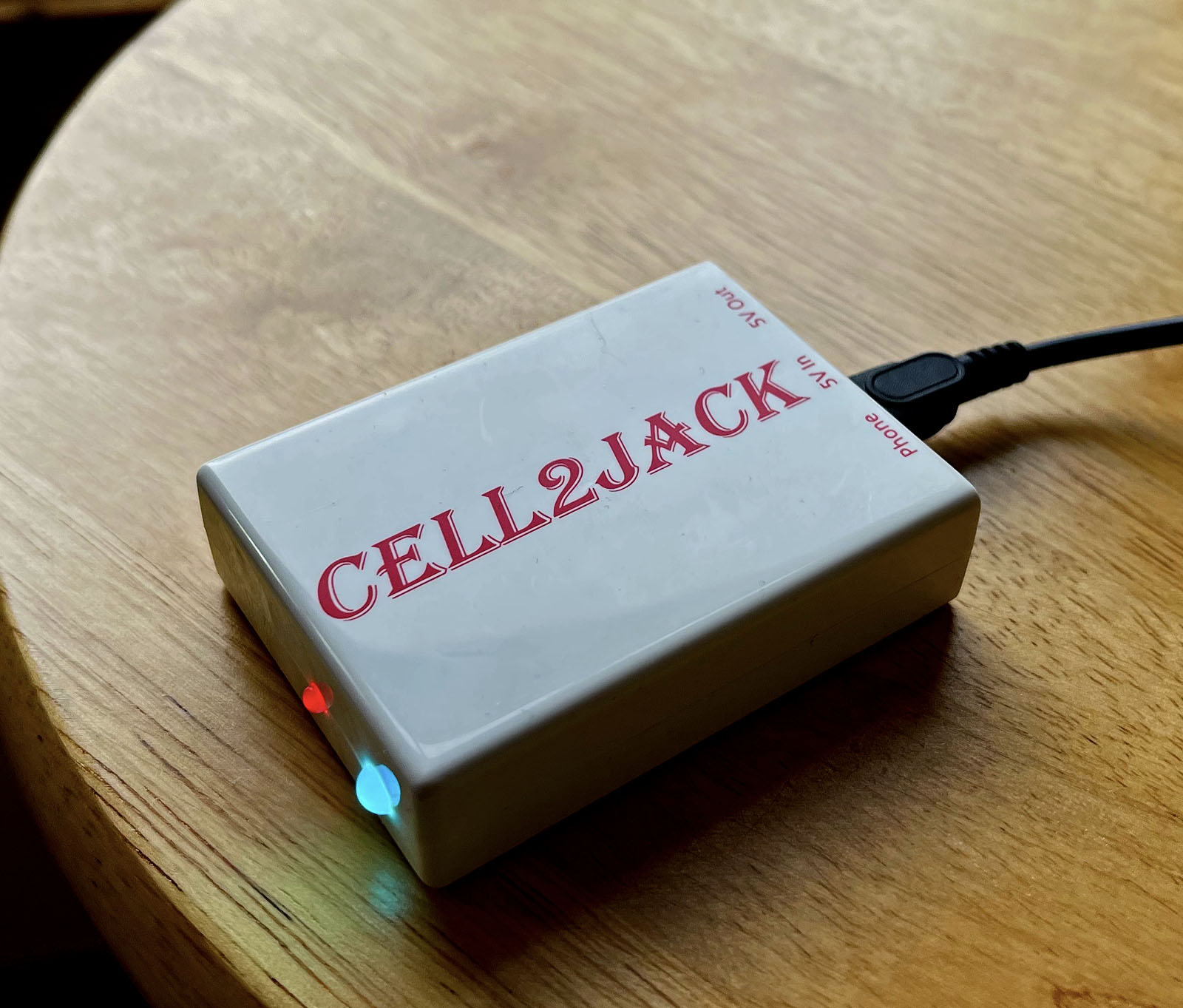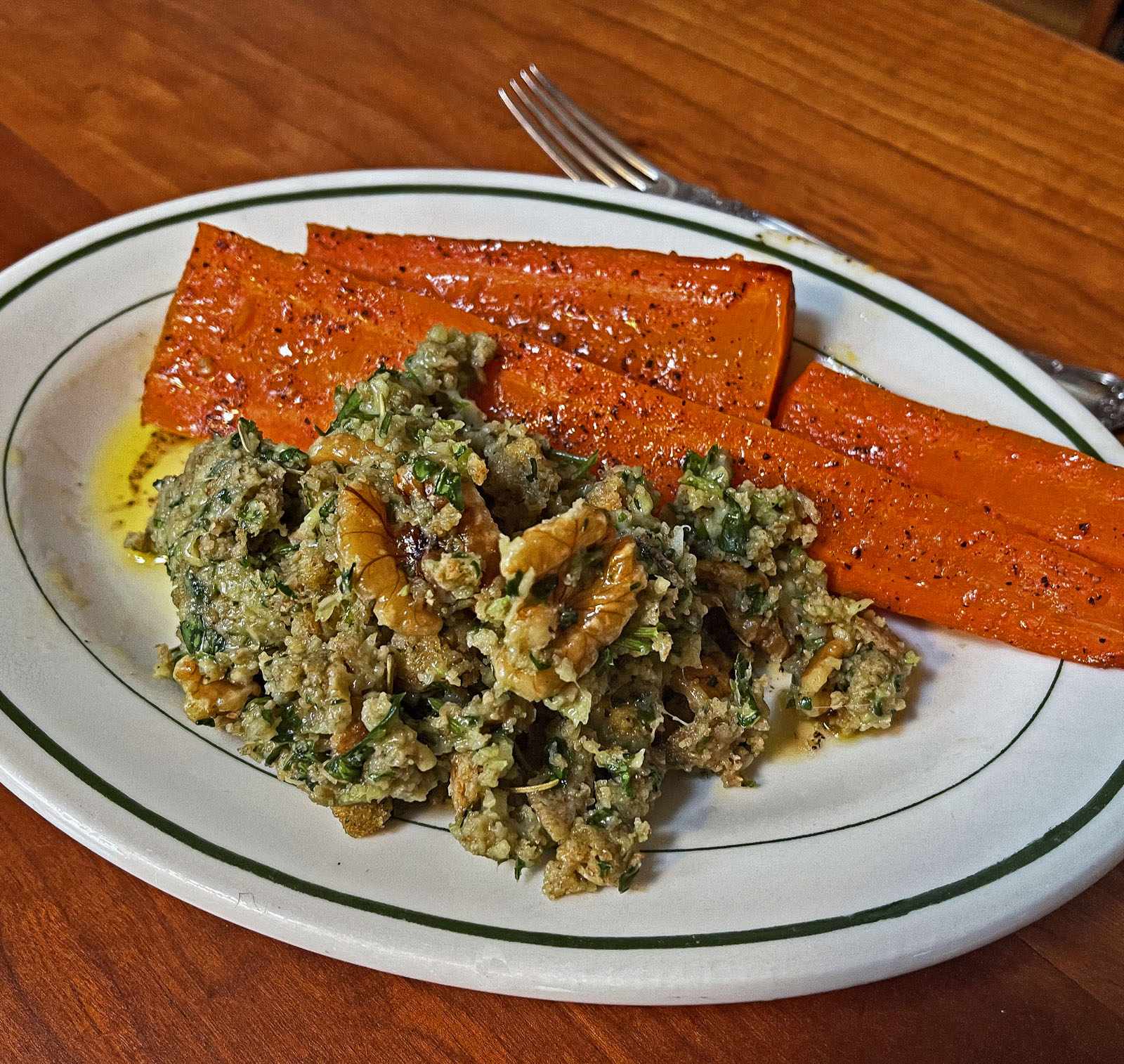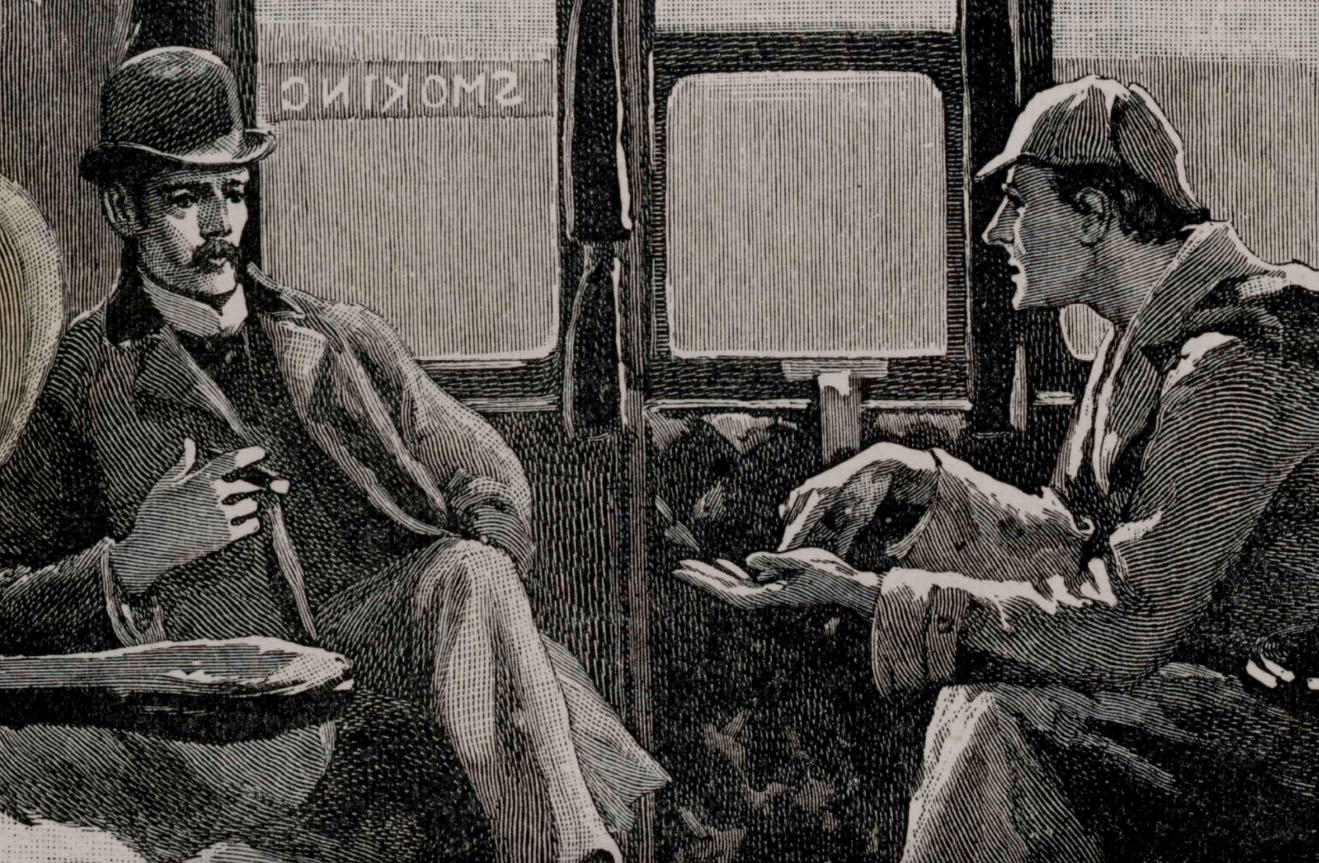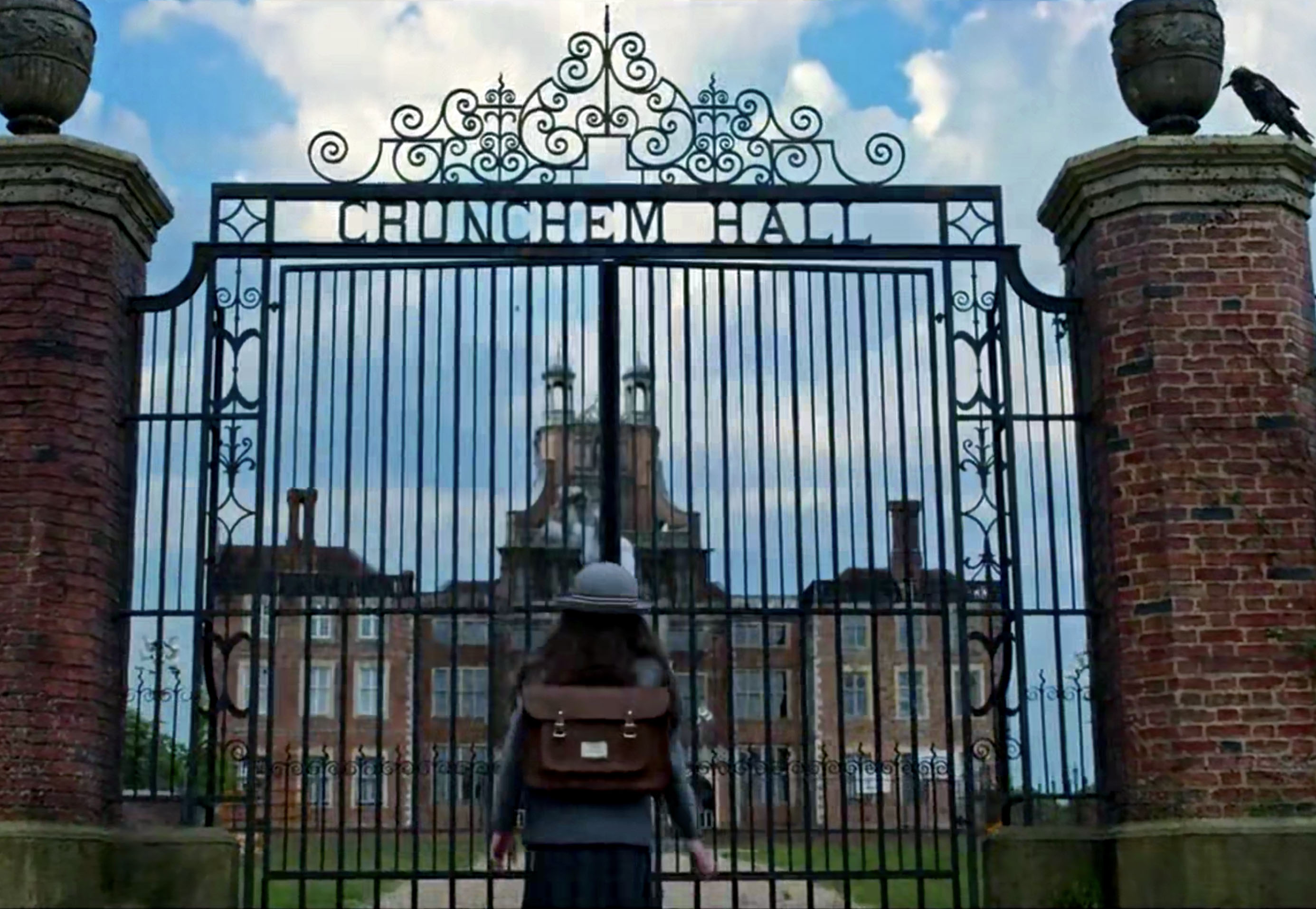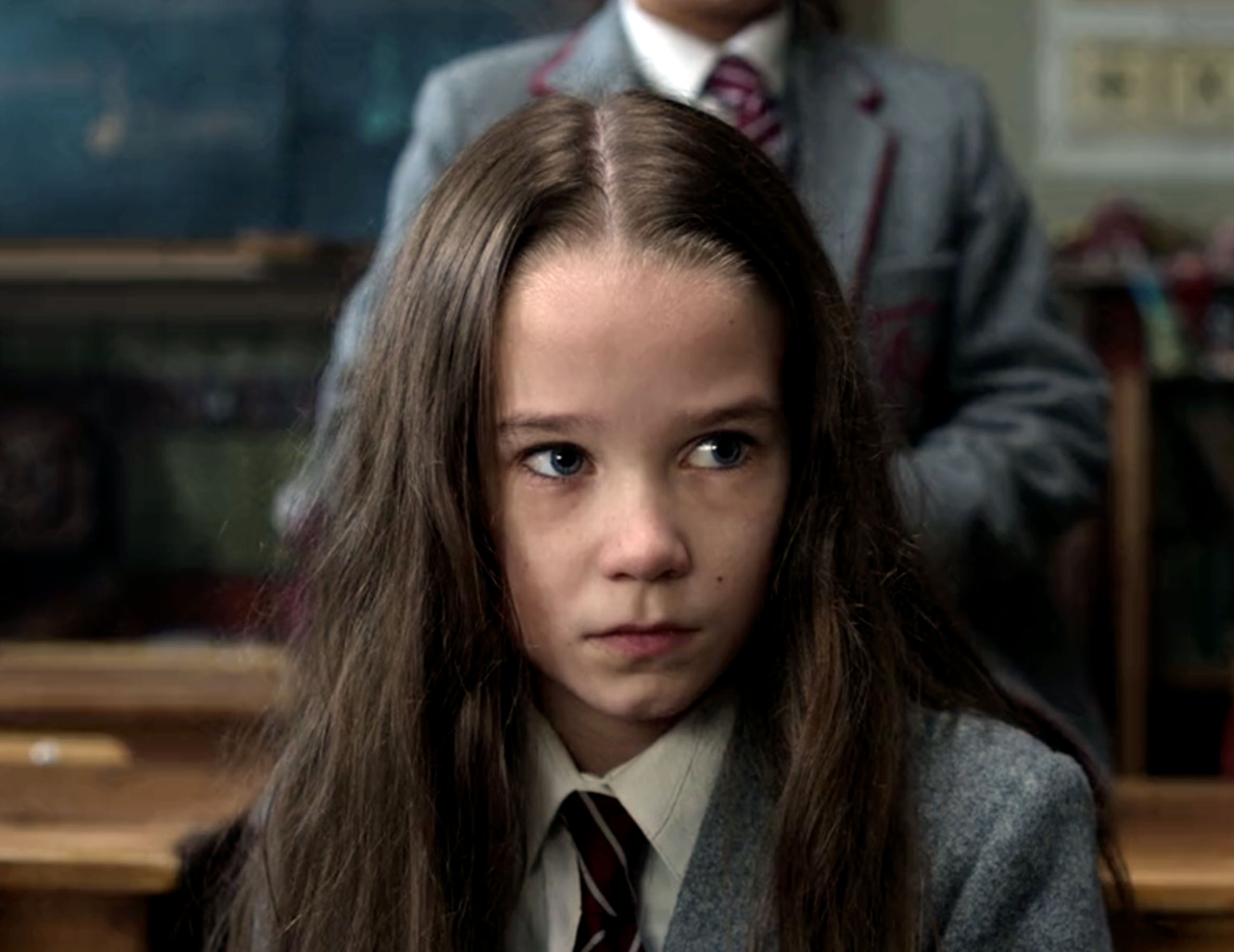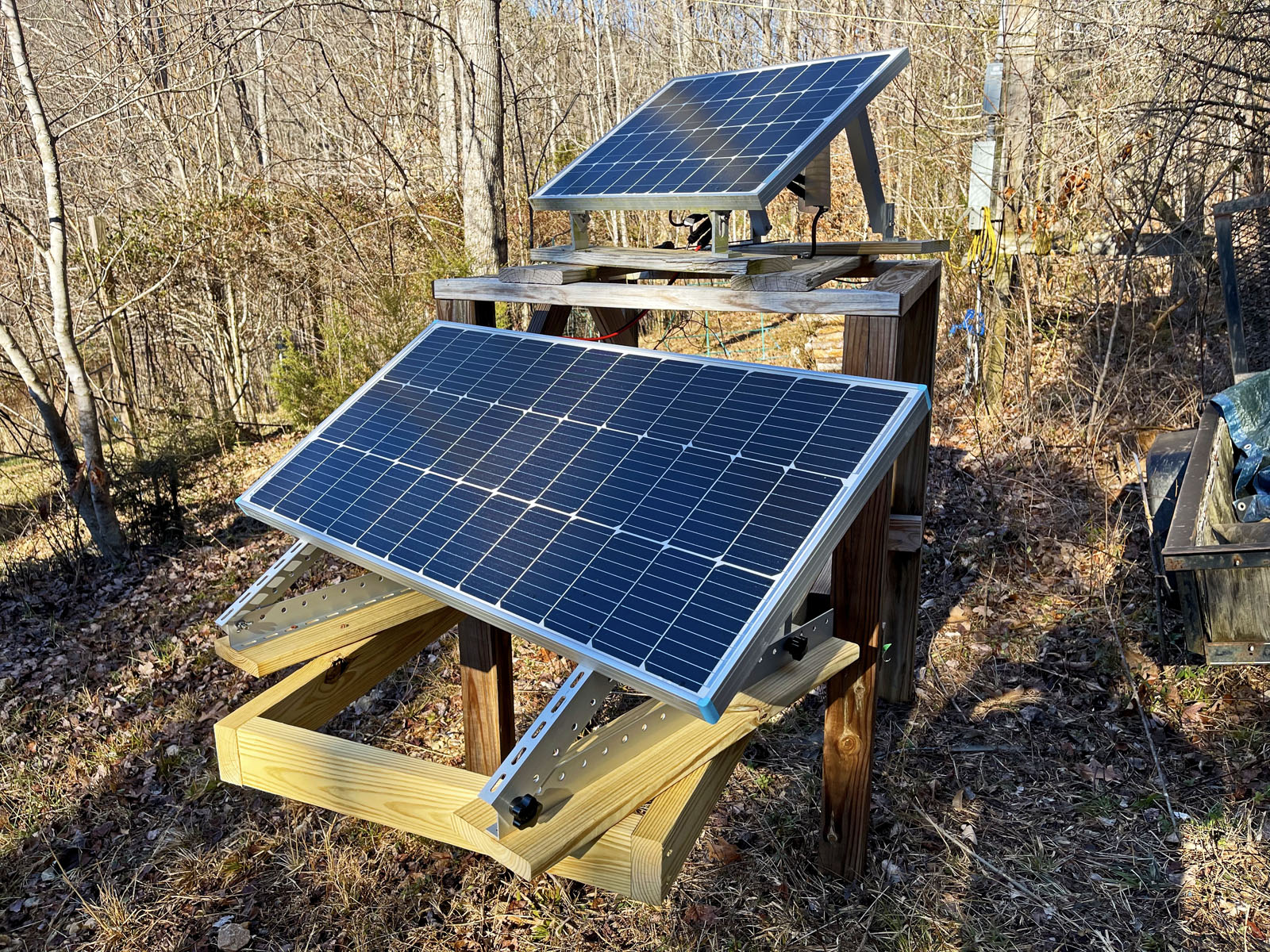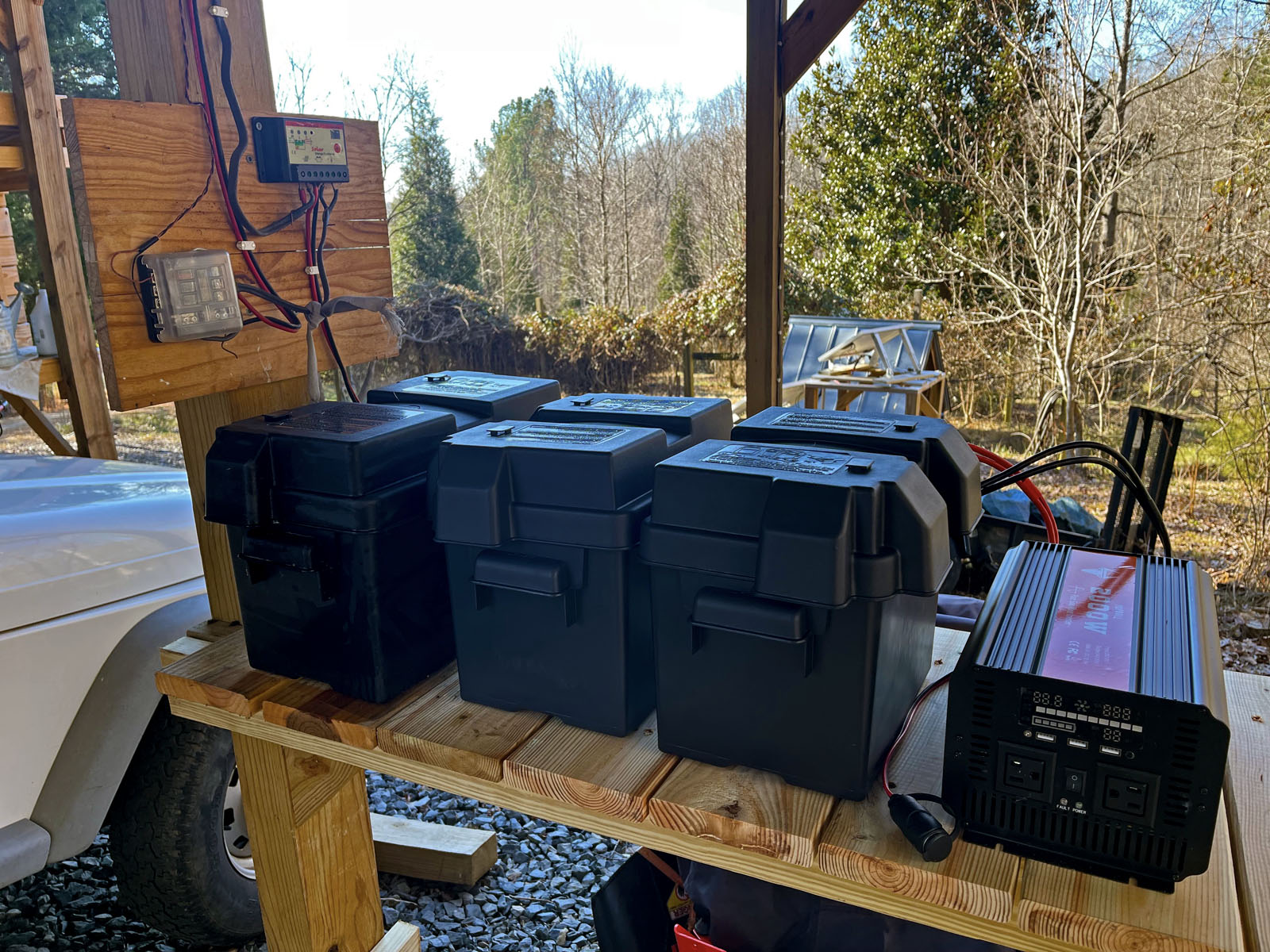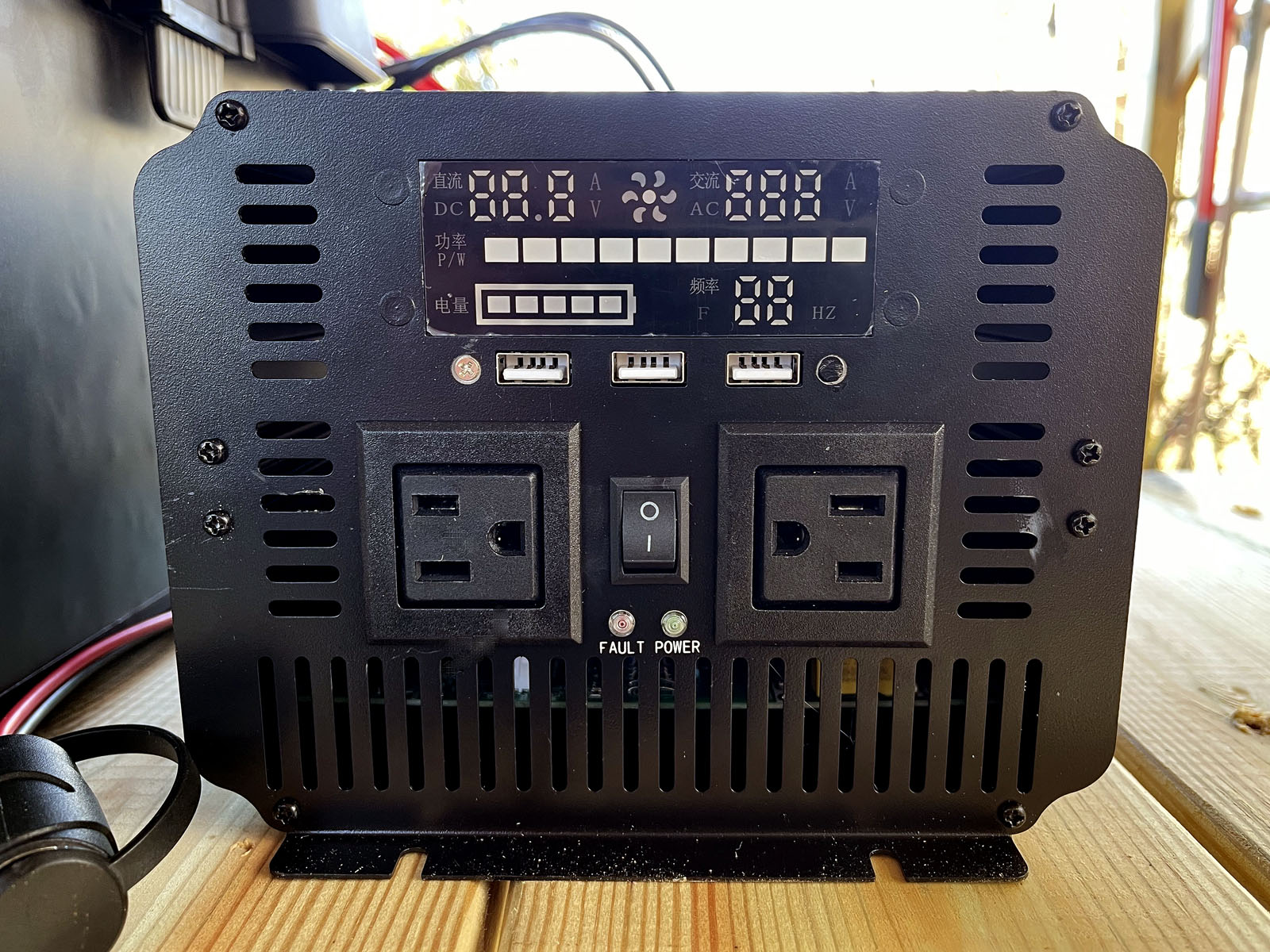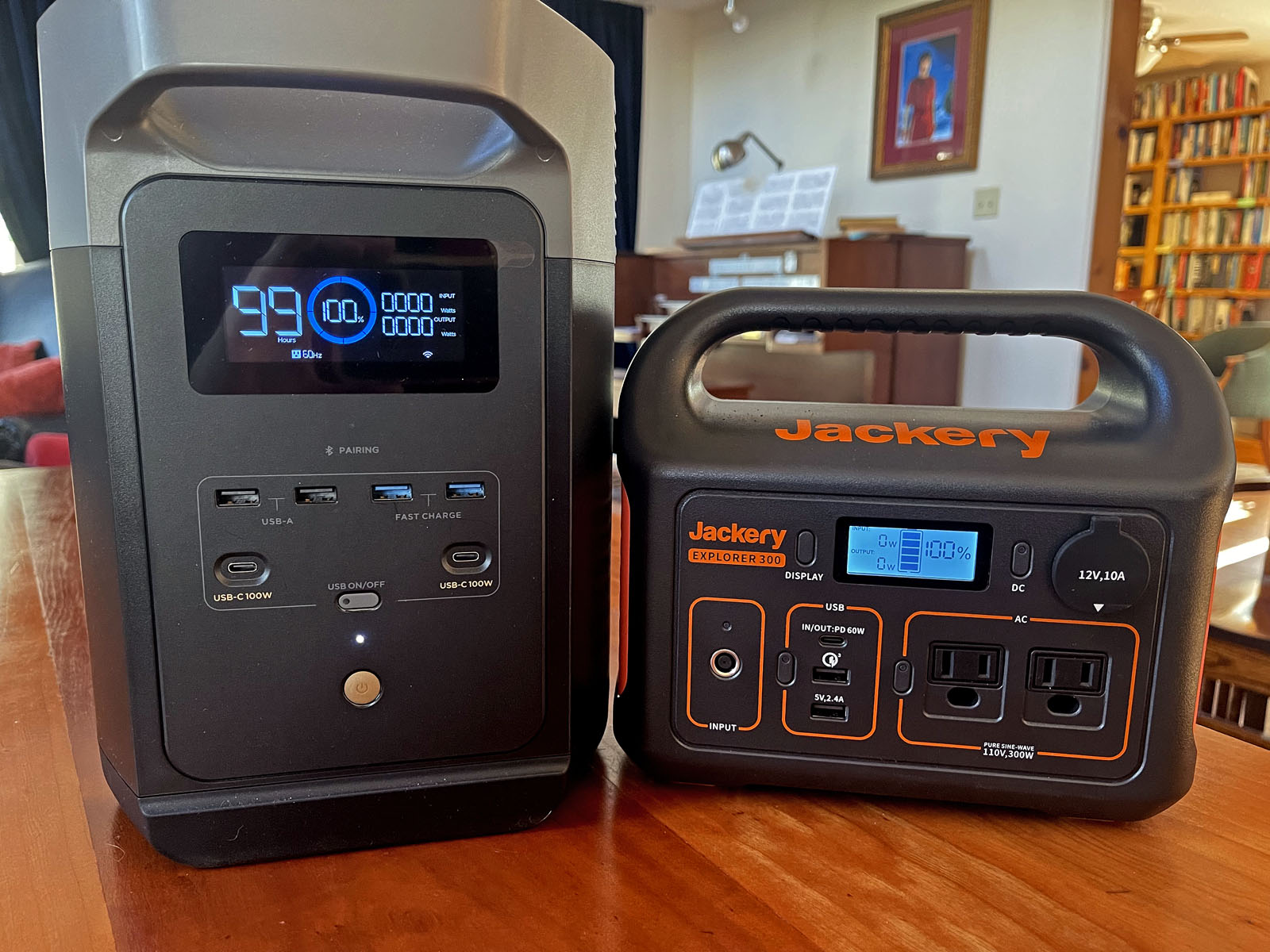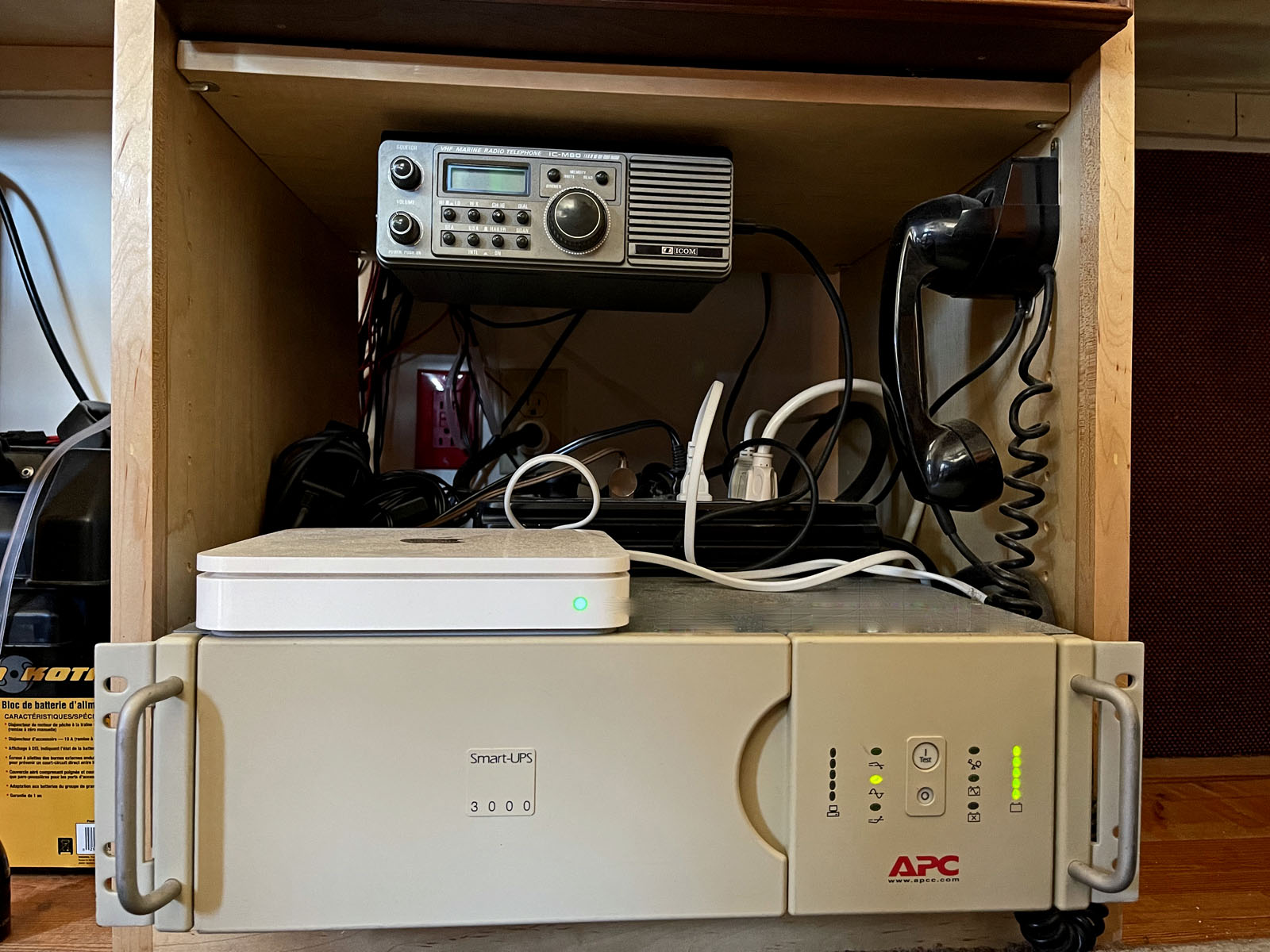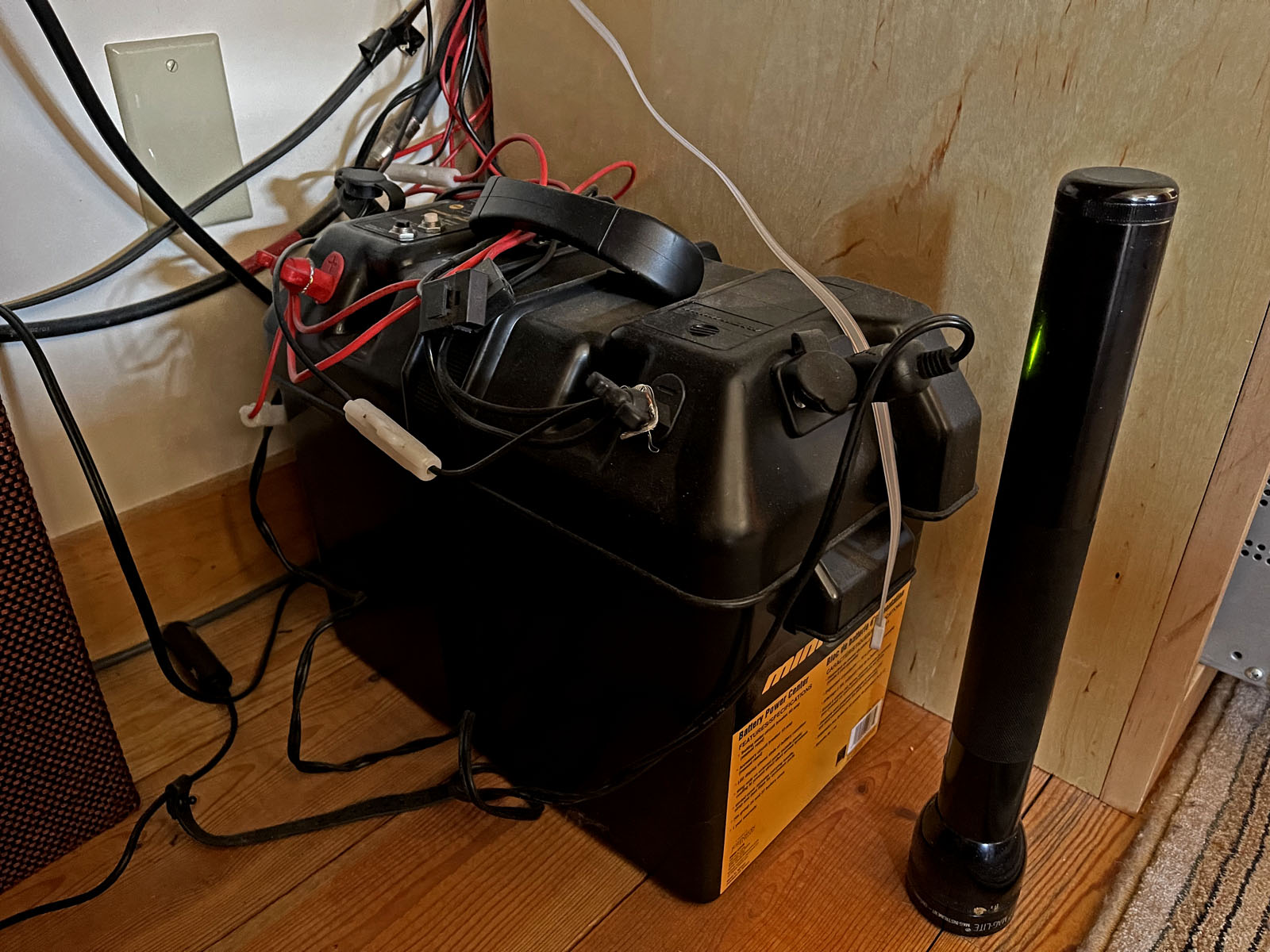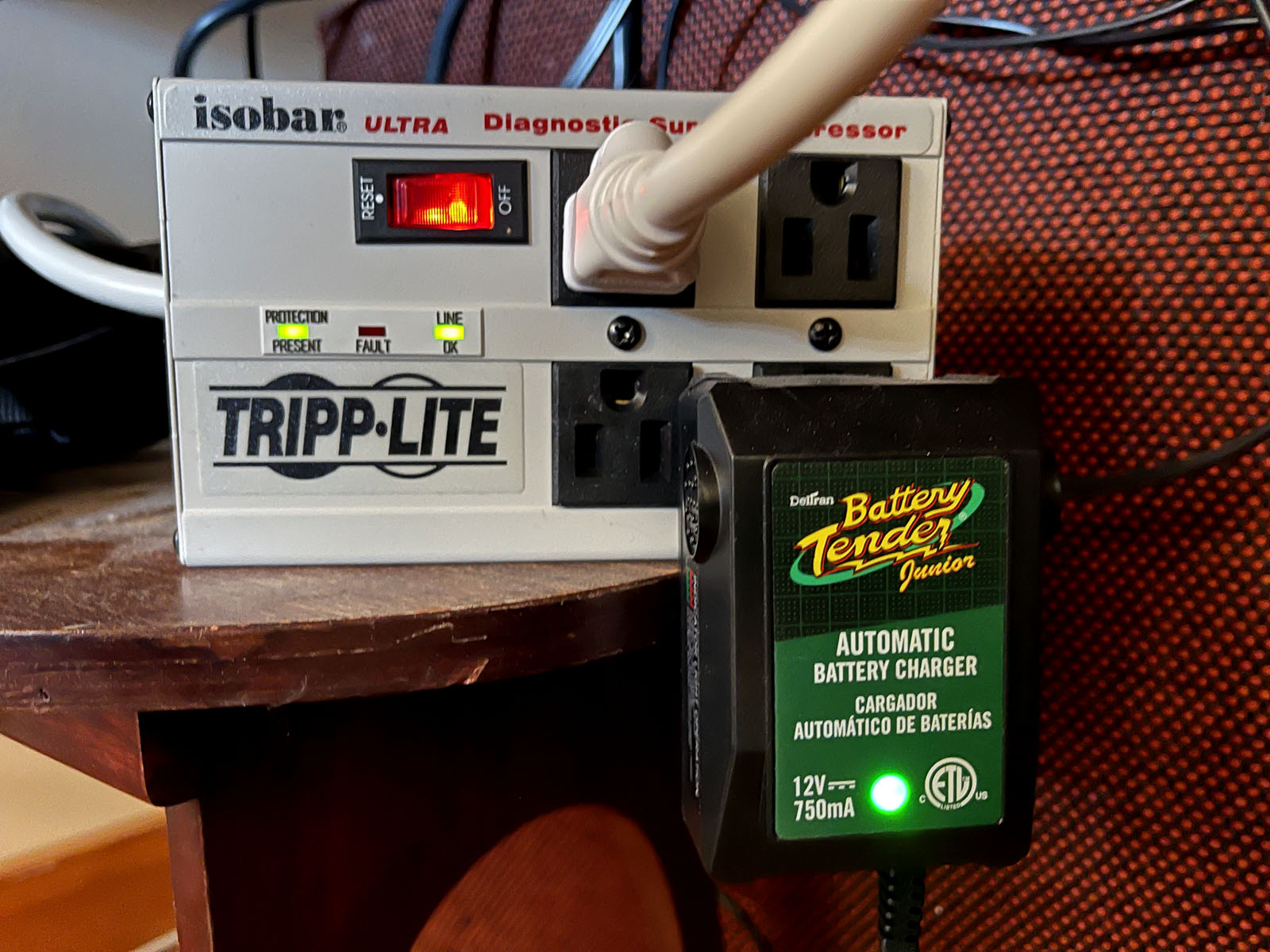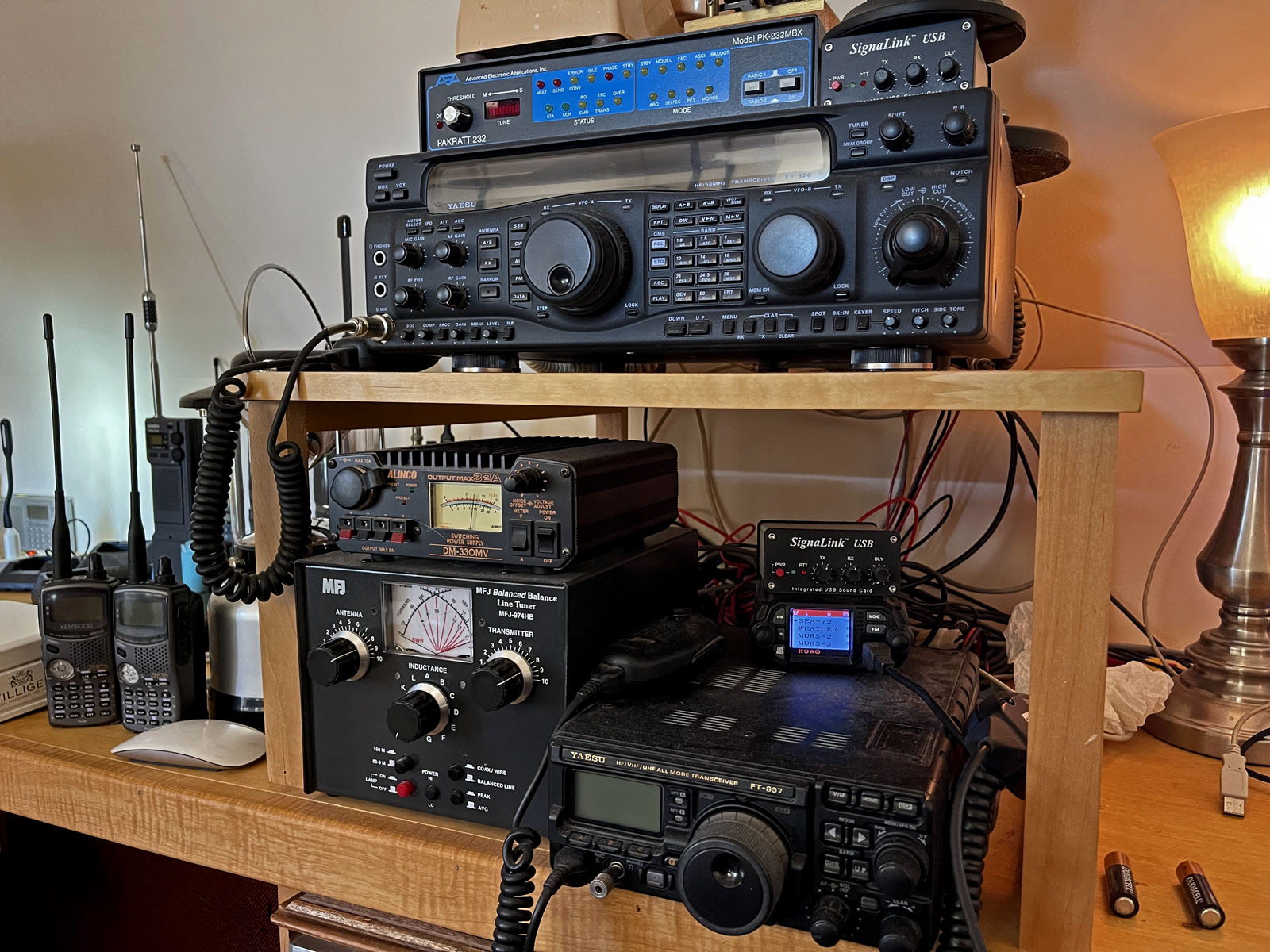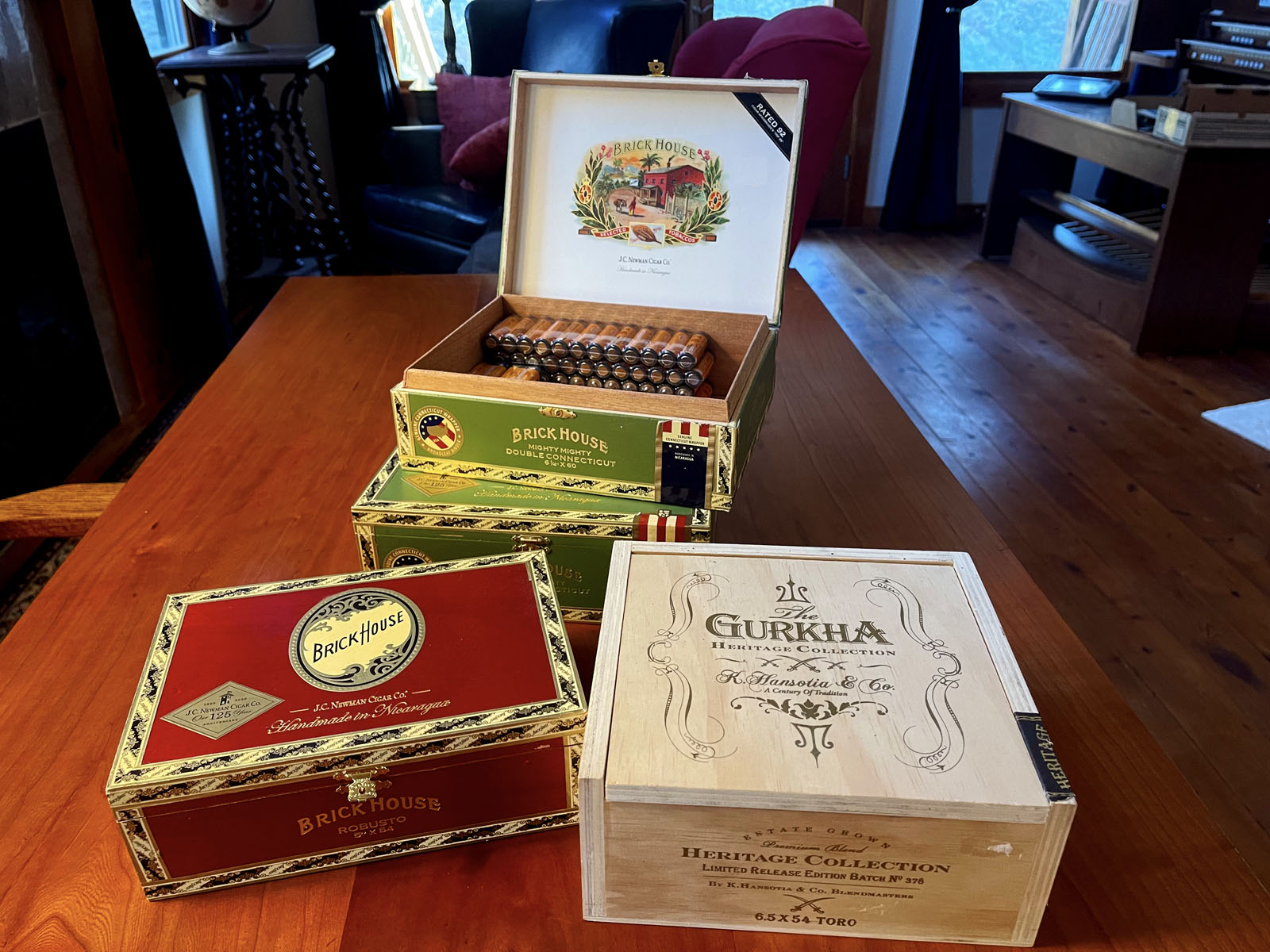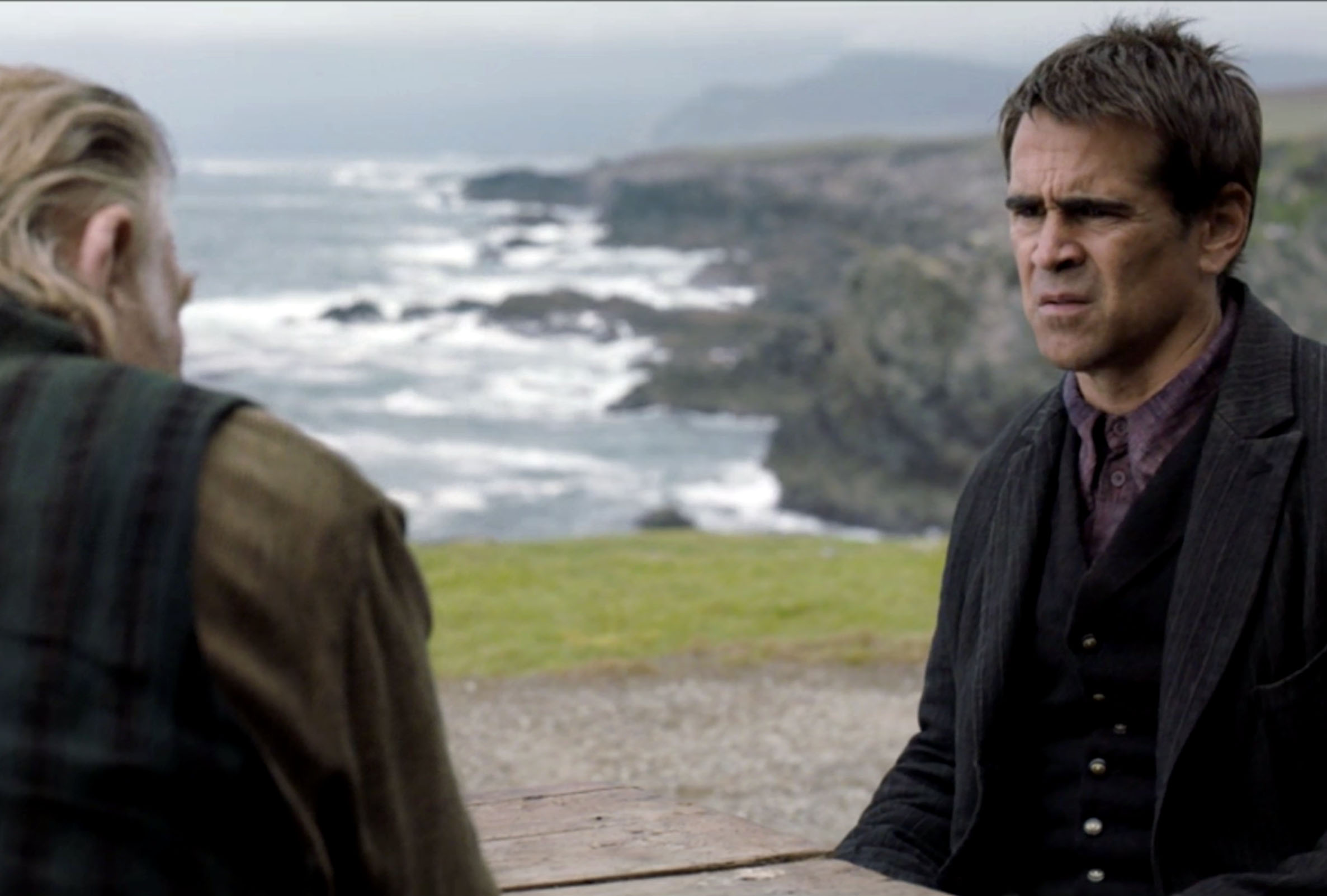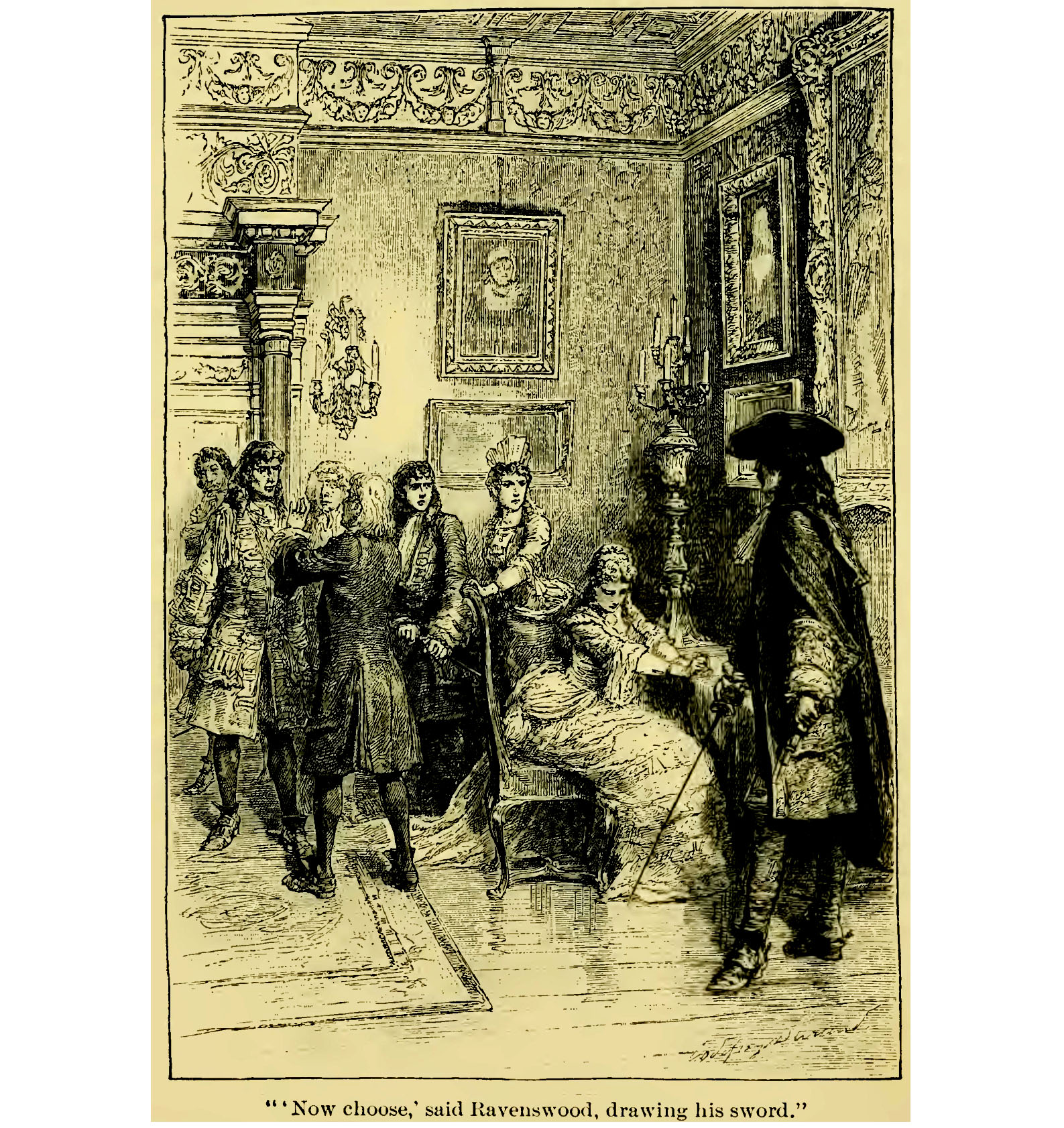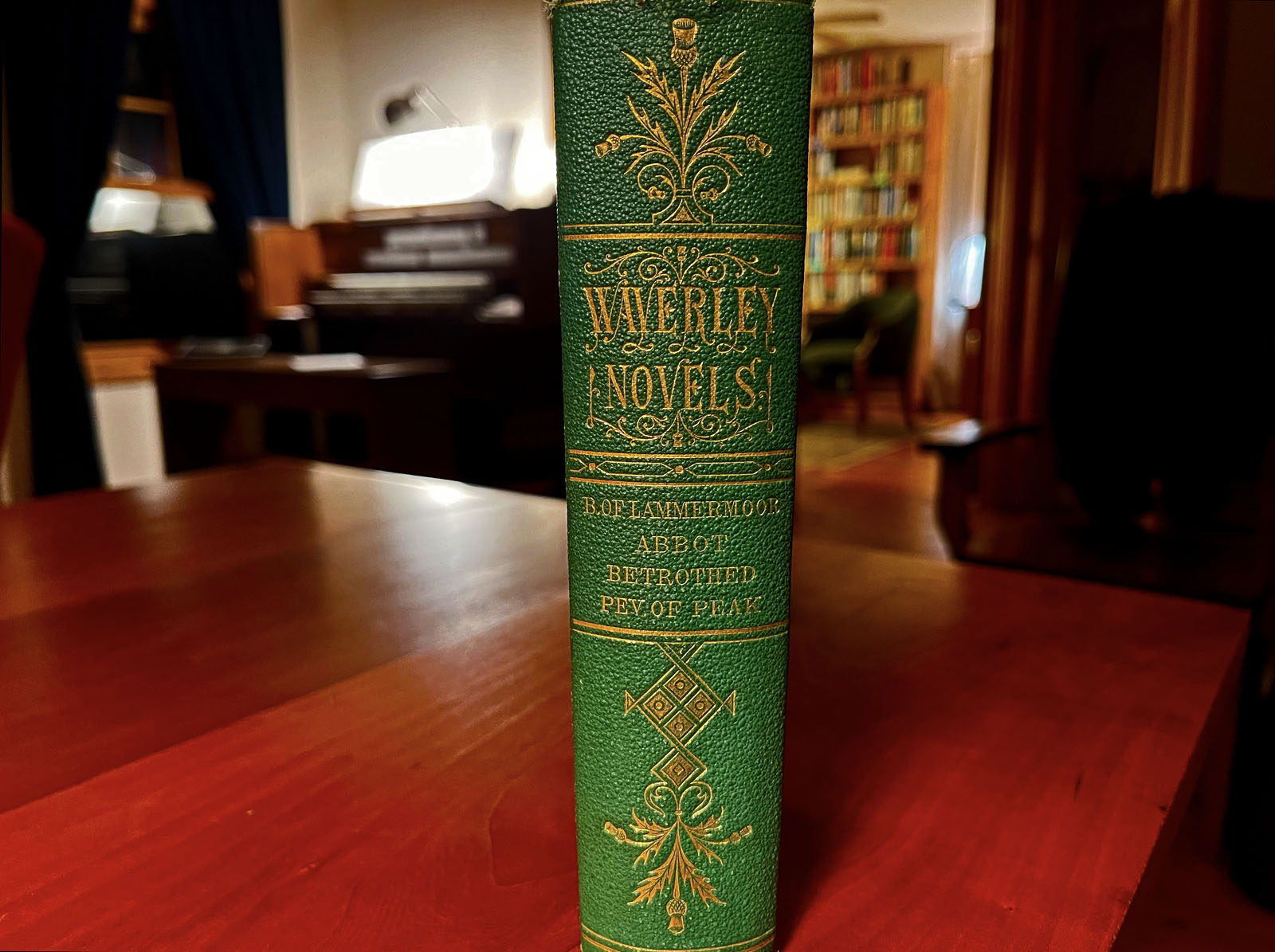
Months ago, I downloaded the Berlin Philharmonic’s app on my Apple TV. But the slowness of my rural internet connection wouldn’t support it — not even close. Using a cellular hot spot, my download speed typically was about 2 Mbps, though sometimes in the past it was even slower than that. And then suddenly, when I made one of my periodic checks to see if T-Mobile’s home internet service was available to me, I was told that it was. I signed up. T-Mobile sent me a router. That was last week, and I still consider the new setup to be on probation. But now I’m getting real broadband speeds, sometimes as high as 100 Mbps download — somewhat slow by urban standards but a miracle here in the sticks. To celebrate, I splurged on a one-year “season ticket” for the Berlin Philharmonic. It is changing my life.
I would love to know how the economics of their on-line presence is working for the Berlin Philharmonic. It must be one of the richest orchestras in the world, though, like many rich musical institutions including the Metropolitan Opera, the Berlin Philharmonic must have taken a huge hit during the Covid pandemic. The concerts went on, sometimes to an empty house, on line only; and sometimes to a reduced audience, with everyone spaced four seats apart. It would seem, though, as things return to normal, that the orchestra’s “Digital Concert Hall” not only has expanded the orchestra’s audience but also is making money for the orchestra. A one-year subscription costs $150. The quality of the video and audio are superb. The orchestra has a packed schedule, and most concerts are streamed live. With a subscription, there are 733 concerts available in the archive. The quality of the video, the audio, and the production is extremely good.
One of the hardest parts of living in the sticks is the cultural isolation. I am surrounded by deplorables. There is, of course, a strong culture of folk music and country music in the Appalachians and the foothills. But frankly it doesn’t do much for me. Most of the locals who do country music have little or no musical training. There is just no substitute for superbly trained musicians doing the kind of music that superbly trained musicians do.
During my years in San Francisco, I often bought season tickets to the San Francisco Symphony. When I didn’t have season tickets, an old friend who was in the orchestra would give me complimentary tickets. It’s a good thing to support one’s local orchestra. Thanks to the disappointingly slow expansion of broadband into rural areas, an expansion which is finally reaching me, I find that the Berlin Philharmonic is now my local orchestra. Though there is no substitute for the collective experience of actually being in a concert hall, watching (and listening to) a live or recorded concert actually has some advantages. One gets to see the orchestra, the conductor, and the soloists from up close and from many different angles. The Berlin Philharmonic video is so good that you can sometimes read the music on the music stands. The presence of the audience also makes a difference, something that becomes clear if you watch one of the orchestra’s somehow-sad Covid-era concerts in an empty hall. Especially when watching a concert live, as I did last Saturday, one can almost imagine being there.
The Berlin Philharmonic’s “Digital Concert Hall” has apps for most devices. You also can watch in a web browser. Their web site is here.

